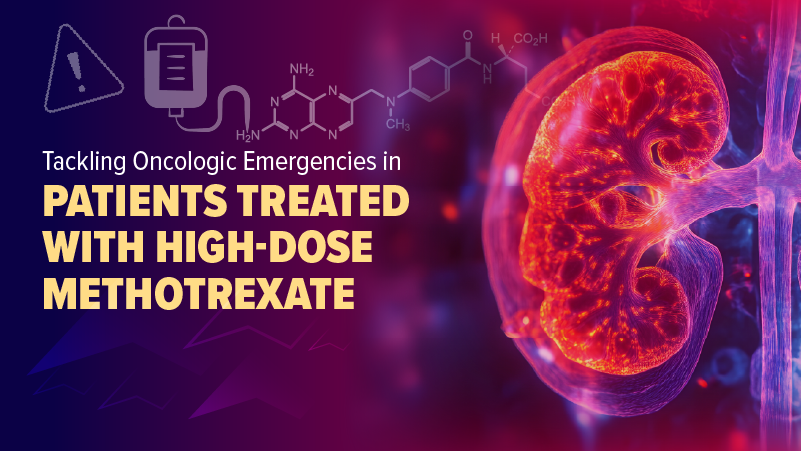
- Oncology Vol 29 No 4_Suppl_1
- Volume 29
- Issue 4_Suppl_1
(S012) Trends in the Selection of Definitive Treatment for Newly Diagnosed Prostate Cancer in Men < 60 Years Old
In this young patient population, no definitive treatment was selected in 22.5% of men with LR disease. For those with HR disease, 25.5% did not undergo active treatment, indicating that these men appear to be receiving less aggressive therapy than recommended by NCCN guidelines. In addition, African-American race is also associated with a decreased likelihood for receipt of definitive therapy.
Joseph Safdieh, MD, J. Rineer, MD, M. Shao, MD, E. Navo, MD, D. Schreiber, MD; SUNY Downstate Medical Center; University of Florida Health Cancer Center at Orlando; Department of Veteran Affairs, NY Harbor Campus
INTRODUCTION: According to the National Comprehensive Cancer Network (NCCN) Guidelines, alternatives to definitive treatment include active surveillance for men with low-risk (LR) prostate cancer and a life expectancy ≥ 10 years, as well as androgen deprivation alone for men with high-risk (HR) disease who are not candidates for definitive therapy. In this study, we utilized the Surveillance, Epidemiology, and End Results (SEER) Database to analyze the trends for selection of definitive treatment in a young patient population (age < 60 years).
MATERIALS AND METHODS: We identified all men < 60 years old who were diagnosed with nonmetastatic prostate adenocarcinoma from 2010–2011 and had a follow-up time > 6 months. Detailed clinical and pathologic factors were collected, including the T-stage, Gleason scores, and prostate-specific antigen, and these data were used to group men into NCCN risk groupings. Receipt of treatment was categorized as no definitive treatment, local treatment (such as cryotherapy or transurethral resection of the prostate [TURP]), radical prostatectomy (RP), and radiation therapy (RT). Since androgen deprivation is not recorded in the SEER database, these men were included as having no definitive treatment. Descriptive analyses were used to determine rates of treatment receipt. Multivariate logistic regression was used to determine predictors for selecting treatment other than definitive therapy.
RESULTS: There were a total of 16,630 men identified. Of these subjects, 7,281 (43.8%) had LR disease, 5,660 (34%) had intermediate-risk (IR) disease, and 3,689 (22.2%) had HR disease. The median age at diagnosis was 55 years (interquartile range [IQR]: 52–58 yr). For those with LR disease, 20.5% pursued no definitive treatment, 0.3% pursued local treatment, 57.8% pursued RP, and 21.3% underwent RT. For IR disease, 8.0% pursued no definitive treatment, 0.7% underwent local treatment, 69.2% underwent RP, and 22.0% received RT. For HR disease, 25.5% underwent no definitive treatment, 1.3% underwent local treatment, 51.5% received RP, and 21.8% received RT. On multivariate logistic regression, African-American race (odds ratio [OR] = 0.76; 95% confidence interval [CI], 0.68–0.85; P < .001), and the presence of HR disease (OR = 0.74; 95% CI, 0.67–0.81; P < .001) were associated with a decreased likelihood of selecting definitive treatment.
CONCLUSION: In this young patient population, no definitive treatment was selected in 22.5% of men with LR disease. For those with HR disease, 25.5% did not undergo active treatment, indicating that these men appear to be receiving less aggressive therapy than recommended by NCCN guidelines. In addition, African-American race is also associated with a decreased likelihood for receipt of definitive therapy.
Proceedings of the 97th Annual Meeting of the American Radium Society -
Articles in this issue
Newsletter
Stay up to date on recent advances in the multidisciplinary approach to cancer.
















































































